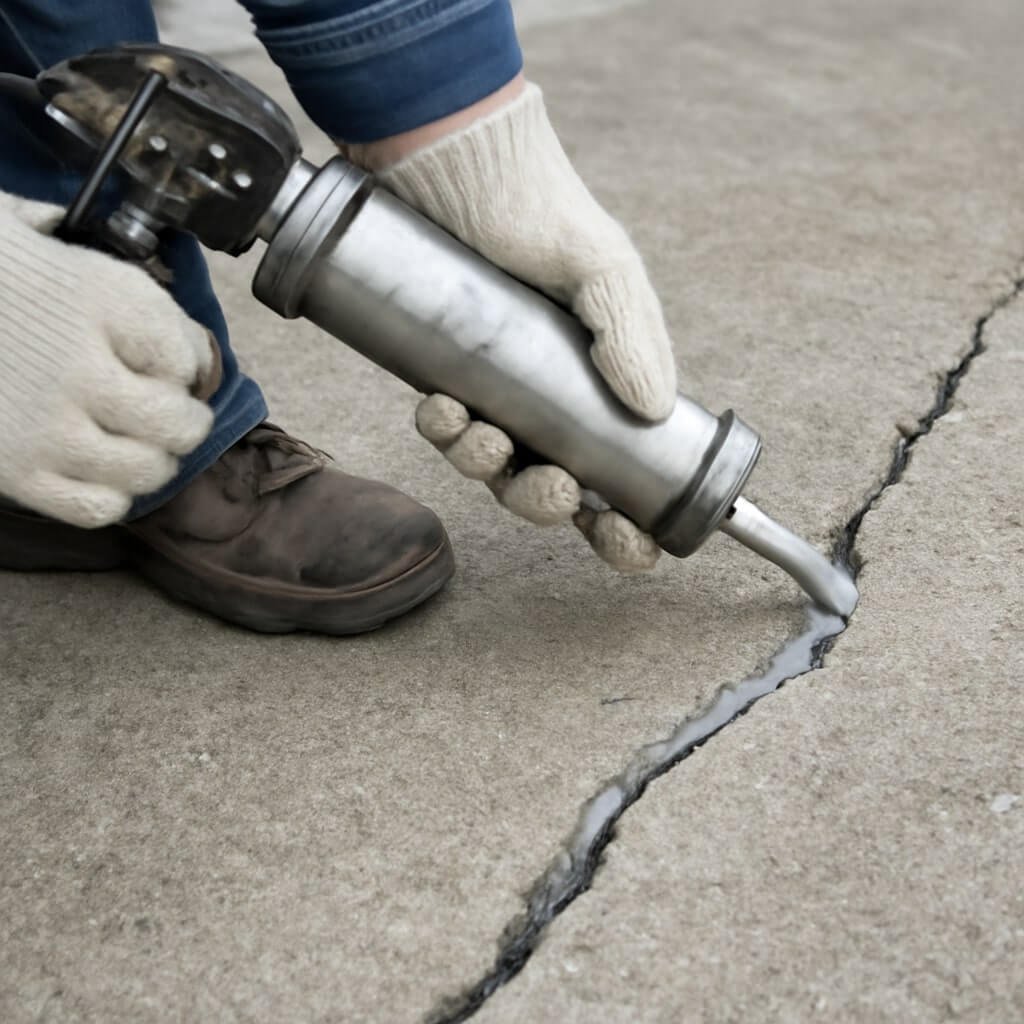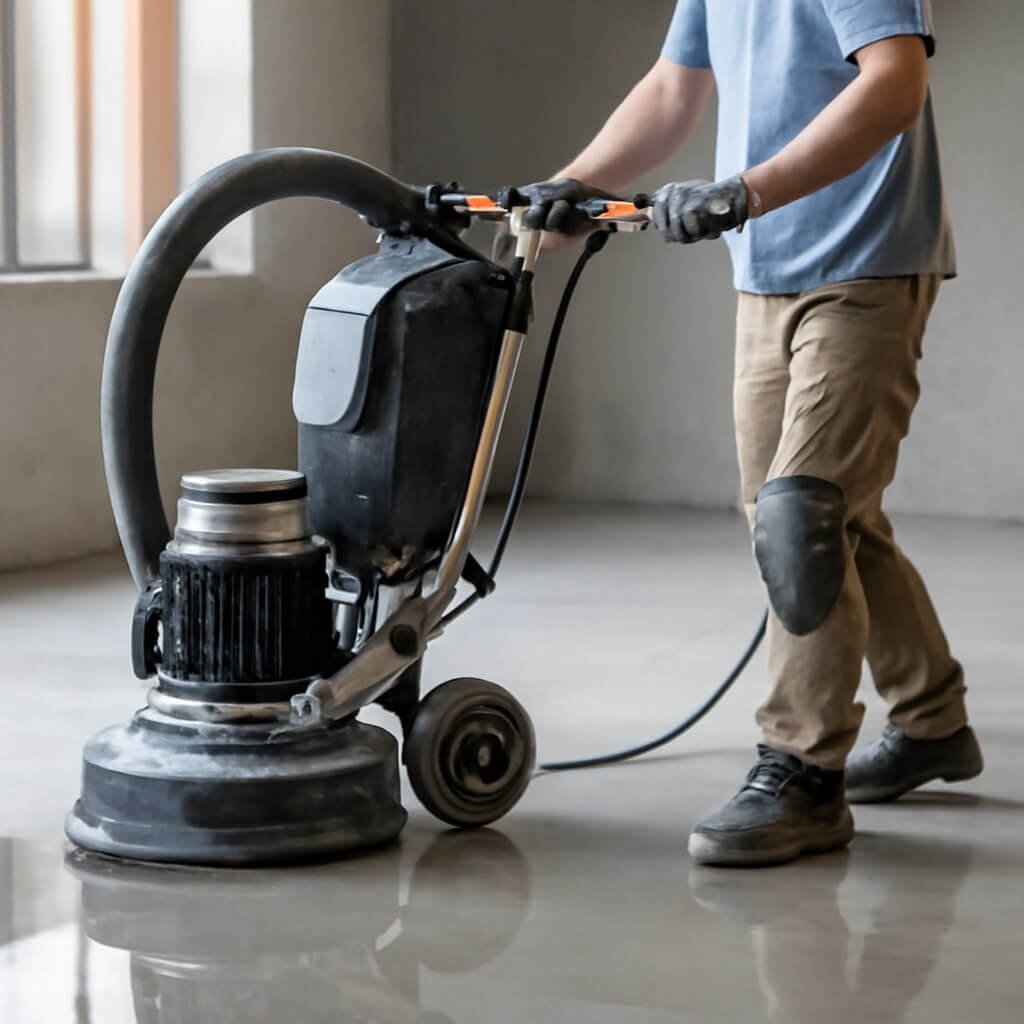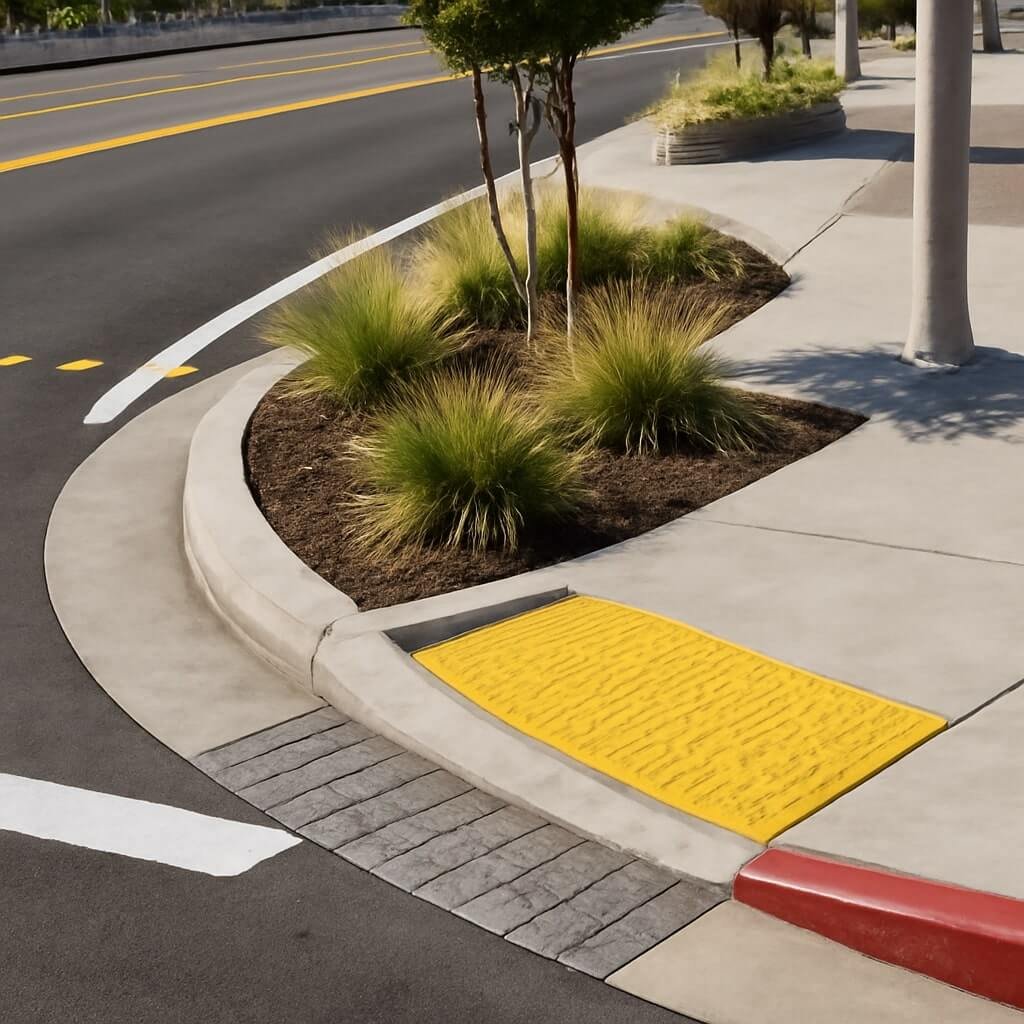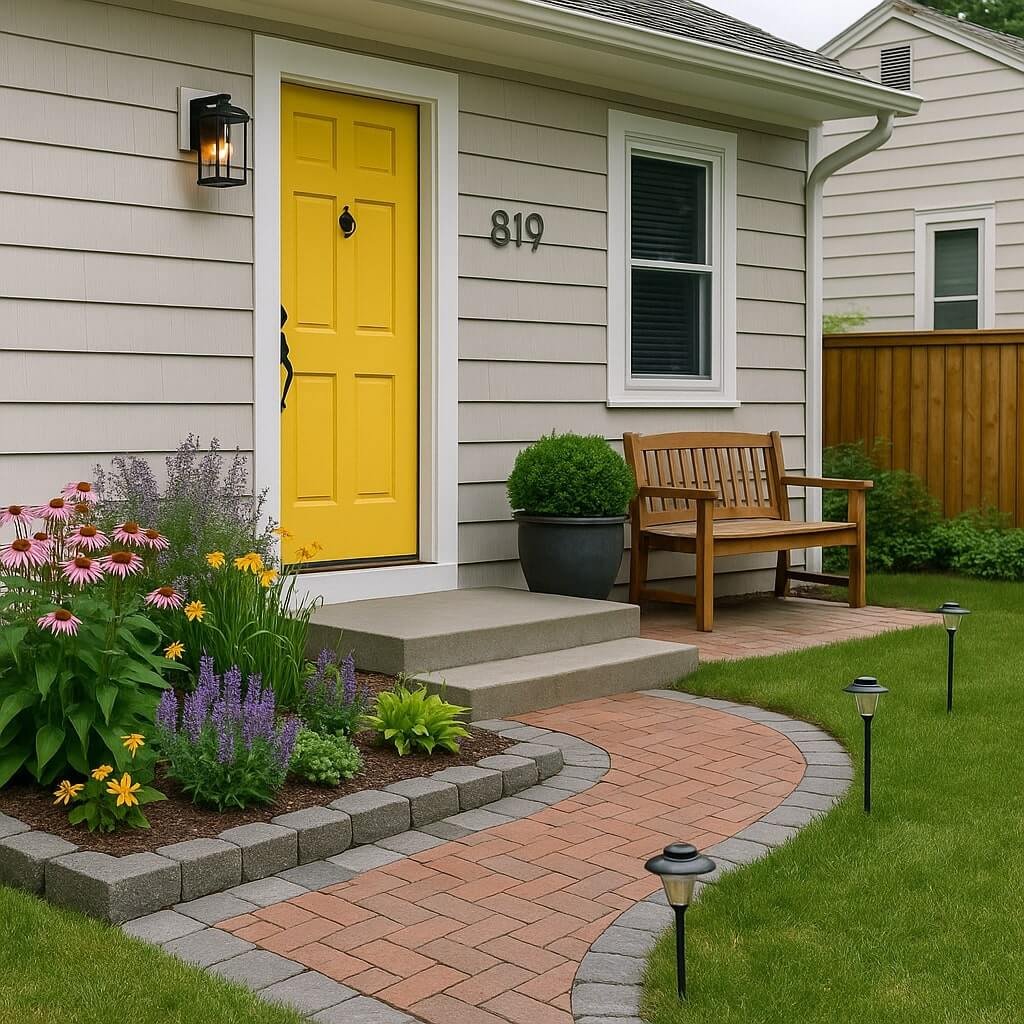Concrete is one of the most durable materials used in construction, but even the strongest concrete can develop cracks over time. Knowing how much concrete crack repair costs is essential if you want to protect your investment and maintain structural integrity. This ultimate guide will cover everything you need to know about concrete crack repair costs, including causes, repair methods, influencing factors, and tips to keep your concrete in top shape. Whether you’re a homeowner or a contractor, this article will provide a detailed insight into managing concrete repairs efficiently.
Introduction to Concrete Crack Repair Costs
Concrete cracks are a common problem that many property owners face. They can range from small hairline fractures to large structural breaks, and their repair costs vary widely. Understanding the factors behind these costs will help you budget effectively and avoid costly surprises. Right at the start, it’s important to highlight how much concrete crack repair costs depend on the crack’s size, type, repair method, and labor involved.
Concrete cracking can lead to water infiltration, weakened foundations, and unsightly surfaces if not addressed promptly. Repairing cracks early on prevents further damage and can save money in the long run. In this guide, we’ll break down the cost aspects and explain what goes into fixing different types of cracks.
What Causes Concrete Cracks?
Before diving into repair costs, it’s crucial to understand what causes concrete to crack in the first place. Concrete cracking is often the result of multiple factors, some environmental, others structural. Knowing the root causes helps in selecting the most effective repair technique, which in turn influences cost.
Environmental Factors
- Weather Conditions: Changes in temperature cause concrete to expand and contract, creating stress that can lead to cracking.
- Moisture and Freeze-Thaw Cycles: Water seeping into concrete and freezing can cause the material to expand and crack.
- Sun Exposure: Prolonged exposure to sunlight can dry out concrete too quickly, leading to shrinkage cracks.
Structural Issues
- Foundation Settlement: Shifts in the soil beneath concrete slabs cause uneven support, resulting in cracks.
- Load Stress: Heavy loads or vibrations can stress concrete beyond its limits.
- Design Flaws: Poor concrete mix or inadequate reinforcement can lead to weak spots prone to cracking.
Types of Concrete Cracks and Their Impact on Repair Costs
Not all cracks are created equal. The type and severity of a crack will determine the best repair method and cost. Here’s a breakdown of common crack types:
Hairline Cracks
These are very fine cracks that often appear on the surface due to shrinkage. They typically do not affect structural integrity but can be unsightly. Hairline cracks usually require minimal repair efforts, making the cost relatively low, often less than $100 for small areas.
Shrinkage Cracks
Shrinkage cracks are wider and deeper than hairline cracks. They occur as the concrete cures and dries unevenly. Repairing shrinkage cracks can involve filling or sealing, with costs ranging from $150 to $500, depending on size and location.
Structural Cracks
Structural cracks are serious and often caused by foundation issues or heavy load stresses. These cracks require more complex repairs such as epoxy injections or even slab replacement, pushing costs upwards of $1,000 or more.
Common Methods of Concrete Crack Repair
Different repair methods suit different crack types and conditions. Each method has its cost implications.
Epoxy Injection
Epoxy injection involves injecting a strong adhesive resin into cracks to restore structural strength. It is ideal for structural cracks and costs between $250 and $800 per crack, depending on size and depth.
Routing and Sealing
This technique involves enlarging the crack to allow for better sealant adhesion. It’s commonly used for non-structural cracks and costs around $3 to $8 per linear foot.
Stitching
Stitching uses metal staples to hold cracked concrete sections together, preventing further movement. This method is more invasive and can cost $500 to $1,500, depending on the project scope.
Polyurethane Foam Injection
Polyurethane foam is flexible and waterproof, making it suitable for cracks exposed to moisture. It’s less expensive than epoxy, with costs between $200 and $600.
Surface Coating and Overlay
For widespread cracking, applying a surface coating or overlay can protect the concrete and prevent new cracks. Costs vary widely, from $2 to $6 per square foot.
Average Cost Breakdown by Repair Method
| Repair Method | Cost Range | Best For |
|---|---|---|
| Epoxy Injection | $250 – $800 per crack | Structural cracks |
| Routing and Sealing | $3 – $8 per linear foot | Non-structural cracks |
| Stitching | $500 – $1,500 | Major structural cracks |
| Polyurethane Injection | $200 – $600 per crack | Moisture-exposed cracks |
| Surface Coating/Overlay | $2 – $6 per sq. foot | Widespread cracking |
Factors Influencing Concrete Crack Repair Cost
Several factors beyond repair methods affect how much you will ultimately pay.
Size and Severity of Crack
Larger and deeper cracks require more materials and labor, increasing costs.
Accessibility and Location
Cracks in hard-to-reach areas or indoors can be costlier due to extra labor or equipment needed.
Contractor Experience and Warranty
Highly experienced contractors may charge more but deliver better quality and warranties, potentially saving money over time.
DIY vs Professional Concrete Crack Repair: Cost Comparison
DIY repairs are tempting for small cracks due to low upfront costs—typically $20 to $100 for materials. However, professionals offer expertise, equipment, and warranties that can prevent costly mistakes. Professional repairs usually start around $300 and go up, depending on complexity.
Tips to Minimize Future Concrete Cracks and Repair Costs
- Maintain proper drainage around concrete.
- Use control joints during installation.
- Avoid heavy loads on vulnerable slabs.
- Seal concrete surfaces regularly.
How to Choose the Right Concrete Crack Repair Contractor
- Check licenses and insurance.
- Ask for references and past project photos.
- Get multiple quotes.
- Confirm warranty terms.
Insurance and Warranty Considerations in Concrete Crack Repair
Some homeowners’ insurance policies cover certain types of concrete damage. Always check your policy. Warranties on repairs can provide peace of mind and reduce future expenses.
FAQs: Concrete Crack Repair Cost
1. How much does it typically cost to repair a small hairline crack?
Small hairline cracks often cost between $50 and $150 to repair.
2. Can I fix concrete cracks myself?
Yes, but only for minor cracks. Structural or large cracks require professional expertise.
3. Does insurance cover concrete crack repairs?
Coverage varies by policy and cause of damage. Check with your insurance provider.
4. How long does concrete crack repair last?
With proper repair and maintenance, repairs can last many years.
5. When should I worry about a concrete crack?
Cracks wider than 1/8 inch or those causing water leakage should be addressed promptly.
6. Is epoxy injection the best repair method?
Epoxy injection is excellent for structural cracks, but not always necessary for minor cracks.
Conclusion: Planning Your Concrete Crack Repair Budget
Understanding how much concrete crack repair costs is the first step toward protecting your property. By identifying the crack type, choosing the right repair method, and considering all influencing factors, you can make informed decisions and budget wisely. Repairing cracks early prevents more extensive damage and costly fixes later, ensuring your concrete structures remain strong and safe for years to come.




